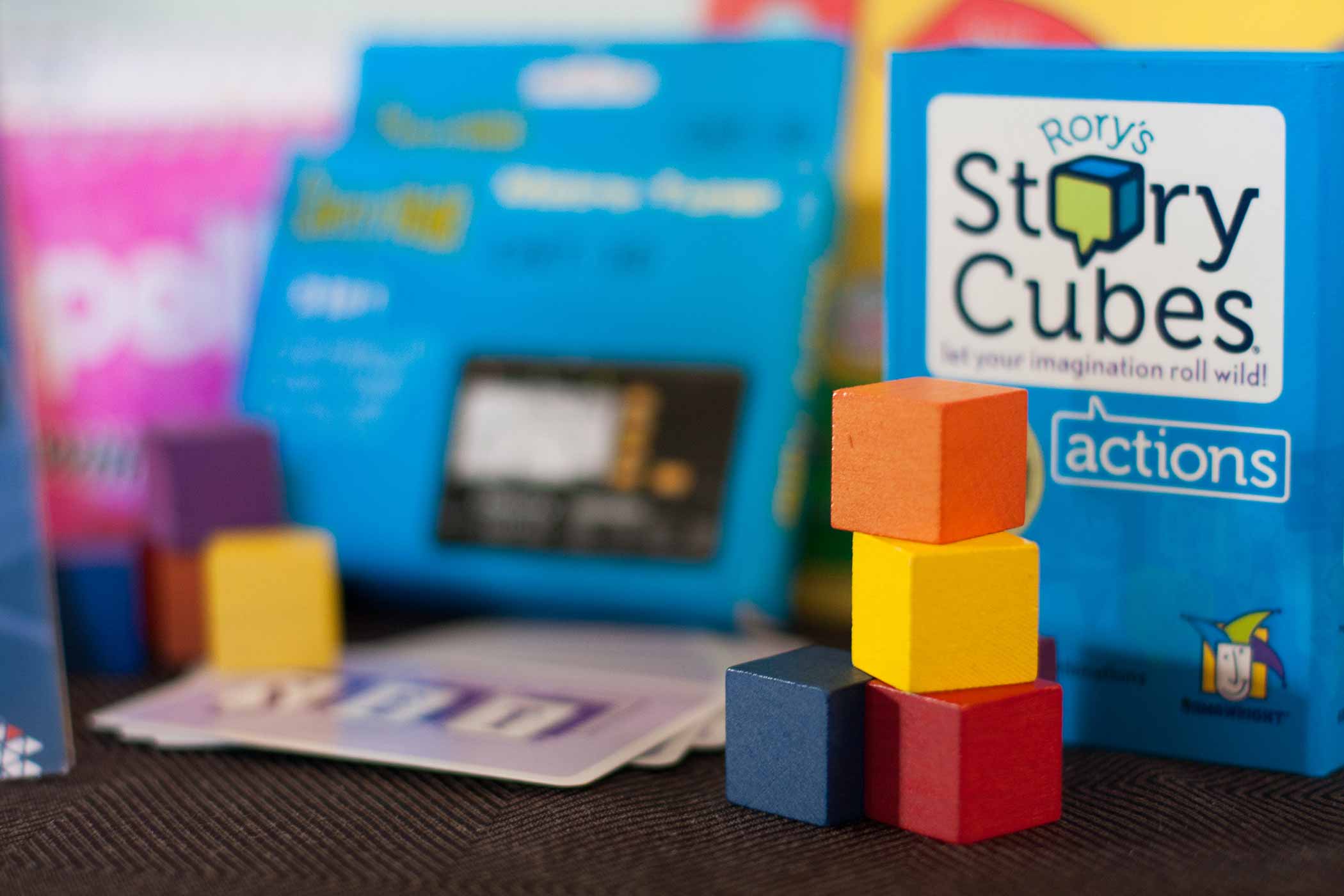
READCARE
READCARE is a Guided Literacy and Working Memory Intervention that is especially developed for children who live a long distance from the clinic.
What is It?
The Guided Literacy Intervention known as READCARE is a multisensory, alphabetic and graphophonemic literacy intervention. It is specifically designed to be used by parents with their children in a home situation. It consists of both direct and explicit literacy instruction as well as separate but specific orthographic and phonological processing training.
Efficacy
The READCARE program is considered to be a level three program relative to efficacy.
What is Meant by “In Home?”
The term “In Home”, particularly is used to describe the fact that the program is implemented in the home environment by a parent or responsible adult rather than in a professional setting by a special educator. The program is physically delivered in the student’s home but regular and frequent communication is maintained between the parent and the professional practitioner. This communication usually takes the form of weekly phone and/or internet tutorials as well as scheduled face to face consultations.
READCARE as an Intervention – The Rules of Engagement
READCARE is a prescriptive reading system that is designed to be implemented both prescriptively and yet eclectically. This means it follows a predetermined schedule but has necessary flexibility to allow for various levels of change based on the child’s ‘Response to Intervention’.
READCARE adheres to the 8 Evidence Based Principles both in its componentry and in the way it is delivered. However, the physical resources alone are insufficient to recover reading. That’s why READCARE is a highly ‘human’ supported intervention.
For READCARE to be successful it must be preceded by a comprehensive assessment by which an accurate diagnosis is reached. It is important to establish that the child is a suitable candidate for the READCARE Intervention.
In addition to this the system must operate on a test-retest basis so that both initial testing and subsequent ongoing tests will continue to inform instruction. In order for the program to show the necessary flex and response to student progress it must be accompanied by frequent professional input. Therefore READCARE is not meant to be a stand-alone set and forget system. It is not intended to be delivered without discrimination merely on the basis that the proposed recipient has difficulty with reading. Thus READCARE can only be considered complete and entire when it is implemented under the initial and ongoing supervision of a qualified and trained professional. Intentional or unintentional use of the program that is not consistent with the rules of engagement as stated here will unlikely achieve the desired outcomes and is not supported by Literacy Care.
Does it Matter that it is a Parent and Not a Trained Practitioner Implementing the Program?
No. Parents very often make the best mentors. Their level of interest and care means that they tend to be very dedicated. The technical aspect of the resource is not complicated. The elements of the program are delivered in very small parts and the instruction is simple and explicit. This makes the whole process quite parent friendly. Parents actually feel empowered by the level of knowledge and skill that they gain from using the program. Naturally, a decision about the parent’s literacy skills and level of commitment needs to be made before deciding that the “In Home” program is the best option for the student.
Does READCARE Achieve the Same Result as Regular Professional Instruction?
All literacy interventions should be goal driven. Therefore the results achieved by the READCARE program should be the same as what is determined can be achieved prior to the implementation of the program. In the main, the same results are achieved by the READCARE intervention as are achieved by regular professional instruction provided the rules of engagement are adhered to.
Who is it for?
It is for all students who have difficulty with literacy skills, particularly decoding (Reading) and encoding (Spelling) and Fluency and for who regular travel to a place of instruction is not possible. It is restricted to people who live over an hour away (travel time) from the Child Development Network.
How Does it Work?
The READCARE intervention is designed to be implemented by a parent in the home. It is always administered one on one on a daily basis for about 55 minutes for 5 days a week. The course is divided into three distinct yet related phases. The first phase is the Cogmed Program for Working Memory Development. The second (PACT) aims at developing orthographic and visual processing skills and auditory and phonological processing skills that underpin the acquisition of literacy skills. The third phase aims at developing graphophonemic and whole word skills. Each phases consists of a number of ‘Threads’ that in turn are made up of a number of individual teaching points.
Implementation is achieved via the following:
- 2 – 2.5 Hours ‘In Office’ Start Up Consultation, (first 30 minutes finalises Cogmed if required)
- Email Tutorials
- Phone Tutorials
- Web Based Tutorials
- One hour Follow Up Visits every 6 weeks or as arranged
What Principles is the Program Based On?
The program is based on the following Researched Principles of Program Implementation:
- Selective Multisensory
- Alphabetic and Graphophonemic
- Direct, Explicit Repetitive Instruction
- One on One
- High Intensity, High Frequency, Moderate Duration
- Systematic and Cumulative
- Goal Driven
- Response To Intervention
The program also works on a test retest basis to ensure that student performance continues to inform future instruction.
What Resources are in the READCARE Kit?
The program is a complete package of resources and represents everything that the professional practitioner would make use of if the student was seeing that practitioner for full time instruction.
How to Get Started?
After the child has been assessed and it has been decided that the Guided Literacy Intervention (READCARE) is the best option then an appointment to commence Cogmed should be made. For students who live at a distance the Cogmed program is initiated via a 45 minute phone tutorial. There are a number of documents (sent by email) that will be considered during the phone call as well as the provision of login details.
During Cogmed
The Cogmed program takes 5 weeks to complete. A phone tutorial will be pre-arranged for each week for the 5 weeks.
Finalising Cogmed and Commencing READCARE
At the final Cogmed appointment (after the 25 sessions are completed) a 2.5 hour appointment is arranged. This appointment allows time for the Cogmed Program to be satisfactorily concluded (30 minutes) and the READCARE program to be initiated (approx. 2 hours). At this appointment the necessary phone tutorials and email tutorials for READCARE will be organized as well as the resources and initial lesson demonstrated.
The overall start up schedule looks like this:
Step 1 – Assessment (2 hours)
Step 2 – Initial Cogmed via Phone and Email
Step 3 – Final Cogmed and Initial READCARE In-Office Consultation
If you live at least an hour away from the CDN or you feel weekly travel is prohibitive then you may qualify for the Cogmed READCARE ‘Combo’ program.


